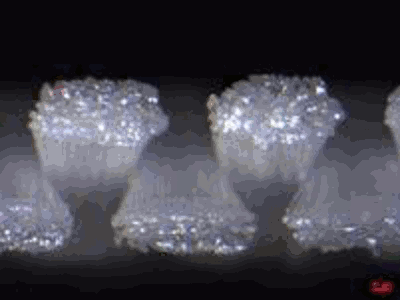Icar08 - Structural Mechanics - Laboratory

Dynamic tests are now considered exhaustive techniques to characterize the behavior of any structural system both in the civil, mechanical or aerospace field. They consist of the realization of an experimental procedure designed to determine the natural frequencies, the corresponding mode shapes and damping values related to any structural system. For this purpose, the Laboratory of Experimental Dynamics is equipped to perform dynamic tests (in-situ and inside the Laboratory) with impulsive forcing for the analysis of free vibrations or ambient noise, and dynamic tests (in the Laboratory) with excitation of known characteristics. In addition, tests are developed in the laboratory to support research, teaching and conventions of third parties.
The “Biomechanics and nanomechanics for medical sciences” and the “Vascular Biomechanics” sections, recently formed may use a facility with advanced equipment:
- Bi-axial testing machine
- Universal Axial/Torsion testing machine
- Dental wear testing machine
- Mechanical Bioreactors
- Spinal implants testing machine
- Multi-axial peripherical stents testing machine
- Micro-Particle Image Velocity (PIV)
- Micro-Digital Image Correlation (DIC)
- Three-dimensional optical profilometer
- Atomic Force Microscope/Ultrananoindenter
- Ultra/Nanotribometer
- Nanotensile tester
- Liquid crystal ellipsometry
- Micro-Axial Computerized Tomograph\y
A section is dedicated to the Structural Health Monitoring (SHM), interpreted as a process whose aim is the qualitative and quantitative determination of degradation conditions and defects present in civil and industrial structures. This process involves the observation of some entities such as deformations, stresses, strength and fractures. The observation mainly consists in using non-destructive techniques, that have several advantages among which: it is poorly invasive, it is considerable quick, it is not expensive. Besides, these techniques may be implemented for both a continuous monitoring but also in remote control.
The same laboratory develops virtual mechanical tests (VT) that are used to substitute a real experiment on a structure, a component or a material by employing a numerical simulation. On the base of a limited number of experimental tests, the method permits to virtually develop a new set of tests that would be difficult and very expensive to realise. The VT is not only a numerical simulation but also a strategy that mixing computational instruments and real experimentation allows to get acquainted with a material or a structure permitting the evaluation of all those collapse mechanisms that could take place when the structure will be in operation. A collapse condition effectively observed can be considered as that condition that has not be esteemed during the modelling phase.
The laboratory possesses the following instrumentation:
- equipment for ultrasonic tests provided with four piezoelectric probes with a resonant frequency of 500 KHz with the possibility to stress the material using different waveforms or a single impulse by means of an impact hammer;
- software for management and acquisition of ultrasonic data able to continuously stress the material with several frequencies;
- equipment for acoustic tests made of an acquisition board and four pre-amplified piezoelectric receivers with a maximum resonant frequency of 150 KHz;
- software for management and analysis of acoustic waveforms for the localization of fractures in solids and their propagation;
- finite element software for the simulation of nonlinear mechanical phenomena in static and dynamic conditions with the possibility to implement constitutive models different from those present in library;
- software for the analysis of discontinuous structures (masonry and rocky terrain) using the DDA method (Discontinuous Deformation Analysis) ;
- finite element software for the push-over analysis of frame structures with the possibility to form displacement discontinuities not only at nodes but also in the span of beam elements.





